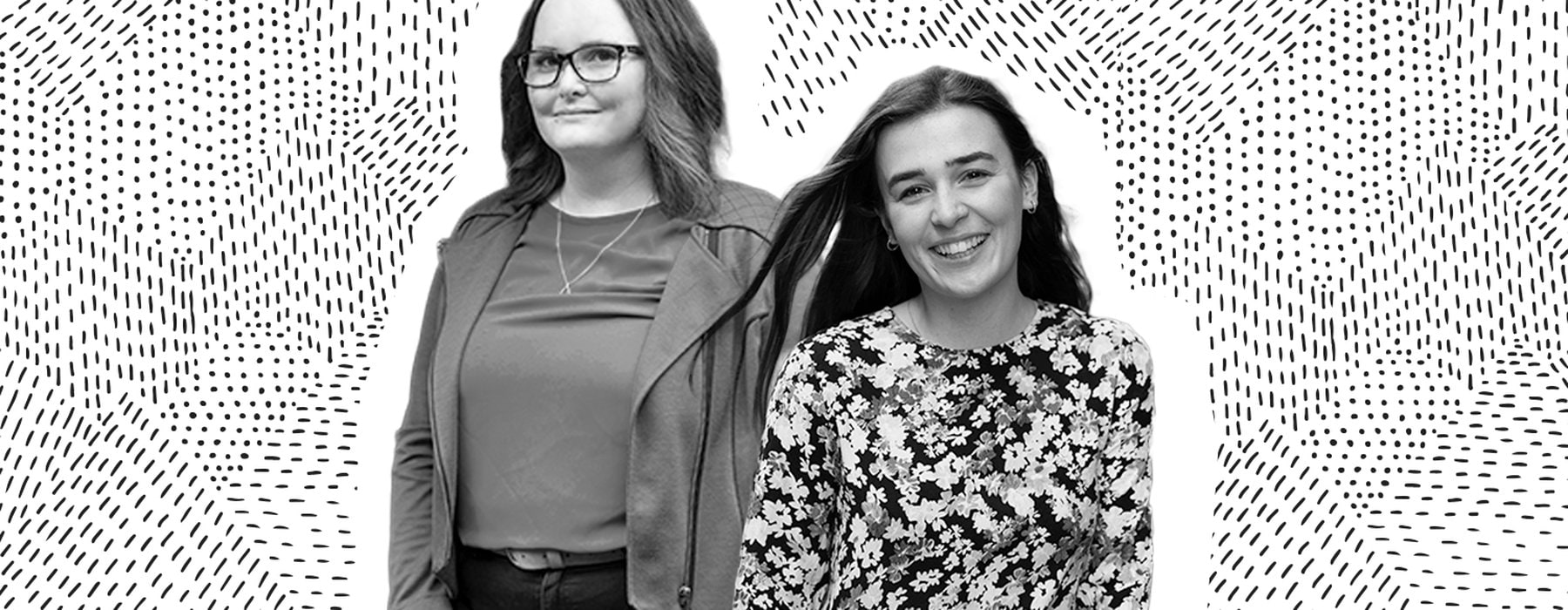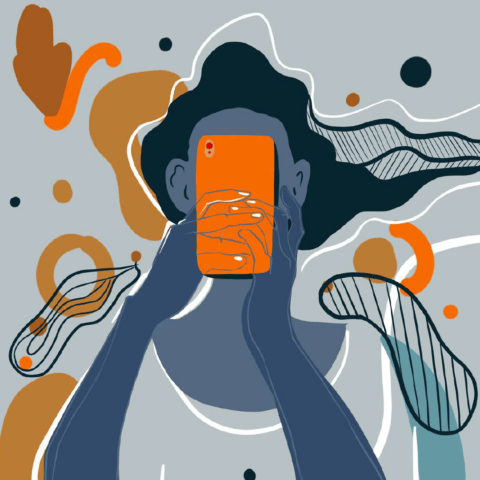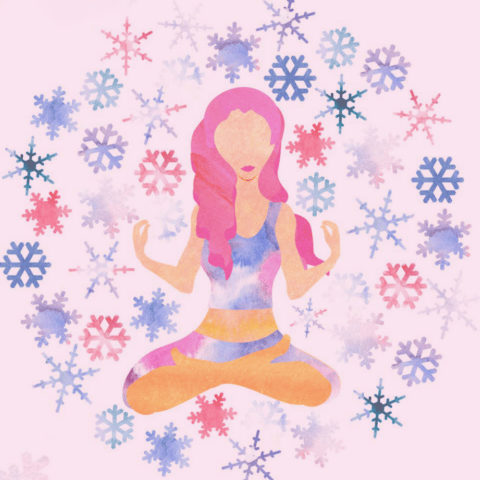Being a teenager can be tough, and more and more young Kiwis are self-harming as a coping mechanism. We talk to two brave women about their journey.
Lucy McSweeny
One of the difficult parts of adolescence – and it really is a time absolutely filled with difficult parts – is the transition between high school and university. Lucy McSweeny, 25, was vaguely aware of the idea of “mental health” and “mental illness” during her early high school years, but they were terms that always felt very far away from her.
“I do remember thinking, ‘That’s not something that would ever happen to me,’” she says. As an academic student who did well at school, her depression and anxiety diagnosis in Year 13 was a shock to many. “My friends knew something was wrong. But I don’t think it occurred to any of them – or to me! – that what I was experiencing was depression or anxiety.”
It was after Lucy told her parents she was self-harming that she was taken to her GP and diagnosed. Self-harm, Lucy says, acted as a “temporary reprieve” from the constant overwhelm she was feeling.
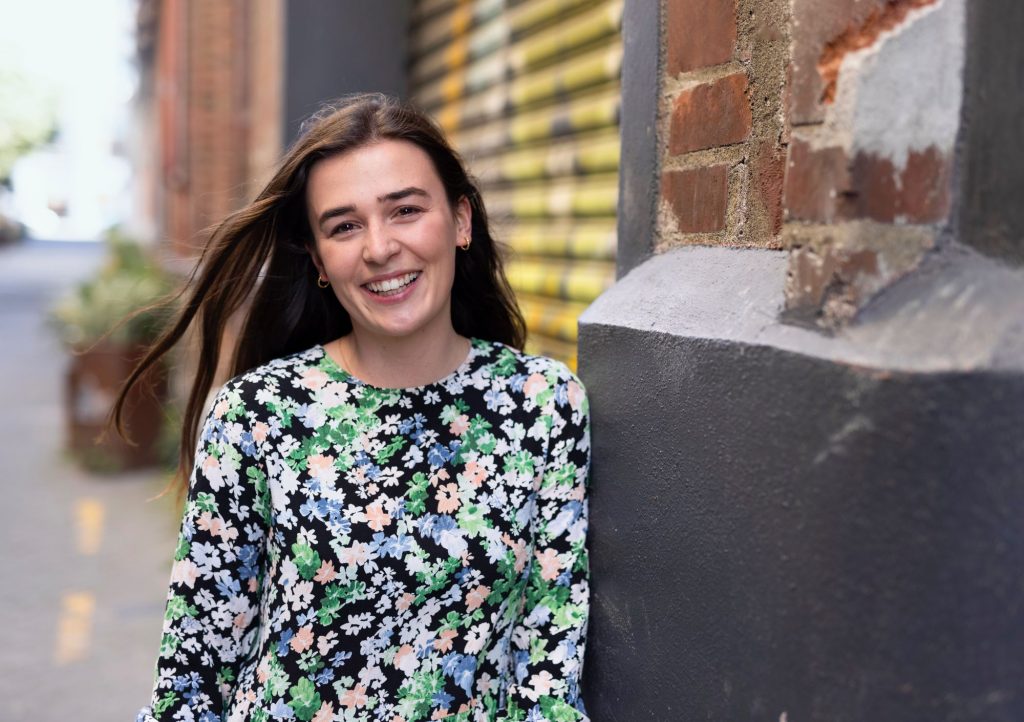
“Even though self-harm doesn’t make things better in the long term – even though I knew it didn’t help – in the short term, self-harm meant, for me, that I didn’t have to think about anything else,” Lucy reveals. “And that’s why we need to have more support for young people, because self-harm is nobody’s first choice.
We need to have more support for young people, because self-harm is nobody’s first choice
“When young people feel they have other outlets for the way they’re feeling and other places to support them, they will choose other, better ways to express it. Self-harm is something that people only choose when they’re not getting the support they need.”
Even though she’s now in recovery, Lucy has become a passionate advocate for increasing mental health education in schools, even taking a petition to the government in 2017 to have it added to the curriculum. In a way, she says, she felt she had no choice but to start talking about it, because her friends noticed that she was no longer turning up to classes at uni and there were times when she was so unwell that she wasn’t going to exams.
When she spoke up, she says there were two reactions from people. “People would say to me, ‘Yeah, me too!’ And these were people that I had been sitting in class with for years and they’d been going through all the same things I had – we’d just never spoken about it. The other common response I would get was, ‘Wow, you’re the last person I would ever expect to be going through this.’”
Talking about self-harm was harder than talking about depression or anxiety, however. “It’s hard, because self-harm is scary – and you don’t want to scare people. It’s a frightening thing for people to see their friends distressed and there’s a lot of shame around that. I also think it’s about not wanting other people to panic.”
Lucy also thinks that if we want to continue to tell kids to speak up when they’re in distress, we need to put our money where our mouth is. “We cannot tell young people to reach out for help if you’re not actually going to help them. Communities, schools, the wider health system – they need to have the resources to make sure that when we tell people to reach out, the help is actually there.”
The key thing, Lucy believes, is letting young people know there’s nothing wrong with them. “You are not weird, you are not broken and you are not alone in this,” is her message. “What you’re feeling is a pretty normal and natural response to a lot of stuff that’s really difficult, so please don’t be ashamed.”
She suggests finding people you feel comfortable talking to. In her own case, when it came to telling her parents when she was a teenager, she said it was a journey for all of them. “It took a while to be able to explain what I needed from them and to get on the same page – it was scary for them as well. But they’ve been fantastically supportive.”
Jenna Sayring
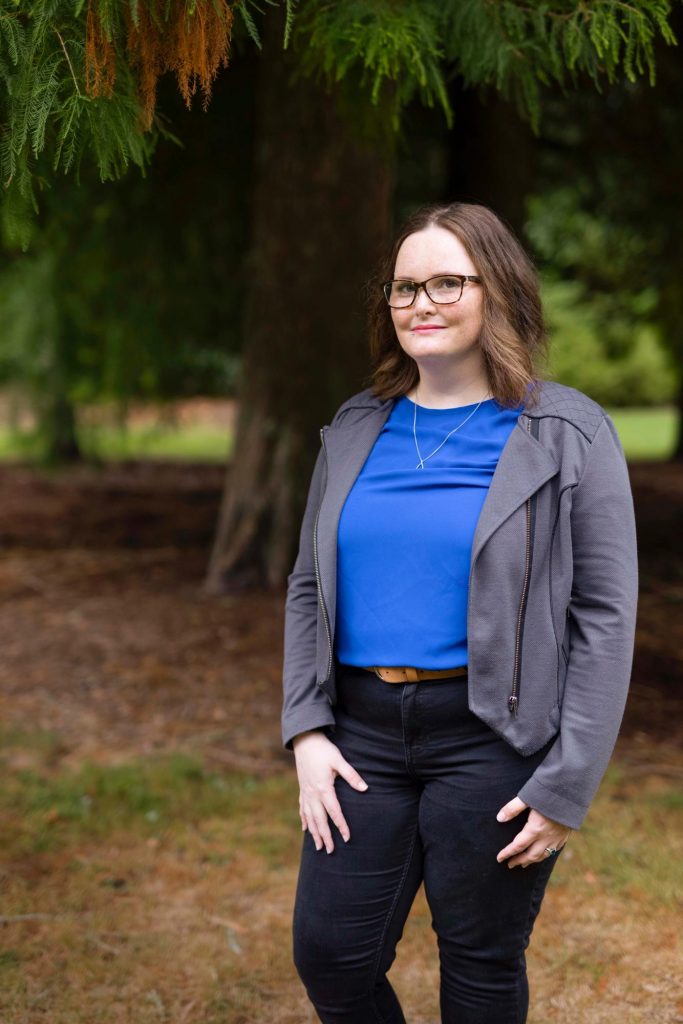
As anyone who has been diagnosed with a mental health condition will know, the road to the diagnosis itself can be just as complicated as the road to recovery. For Jenna Sayring, 33, her diagnoses of OCD (obsessive-compulsive disorder), anxiety and depression have come years apart, but each of them has played a significant role in her life.
“I felt like I was different to the other kids growing up, and I didn’t seem to be able to handle everything in life as well as other people did,” Jenna says. “I was diagnosed with depression when I was 20, and that put a few things together. Then I was diagnosed with an anxiety disorder at 25. But there was always a missing link, and when I was eventually diagnosed with OCD at 31, everything started clicking into place.”
Jenna first entered the mental health system when she was 16, after telling her parents she was self-harming. “Before that, I did skin picking, which I know now is a fairly common compulsion with OCD. But when I turned 16, that’s when I started doing a lot of cutting.”
Her parents took her to a psychologist – “which was a good thing to do, because I was keeping a lot of stuff inside that needed to come out” – but her relationship with therapy was a bumpy one.
“I would go and see a counsellor for maybe 10 sessions and at that point I would give up and think, ‘This isn’t changing anything’, and I would just act as if I was better and they would agree that they’d hit the nail on the head.” Every time, she says, she would run into a brick wall with treatment, until, by the time she was 25, she was so frustrated at not finding a helpful therapist that she decided to forgo therapy and just focus on medication instead.
Her self-harm impulses continued, on and off, until her early thirties – and the reasons shifted as she grew older. “In my twenties, it was that I was incredibly depressed and I just needed to feel something other than ‘depressed’. Having that quick pain interruption was a break, in that way. As I got older and my OCD became worse, self-harm became a way to reboot my brain and stop the constant flow of obsession. Like creating a short circuit, sort of.”
The perceived shame around self-harm kept her mostly silent for years, Jenna says. “I’m still not as open with people about my self-harm as I am about my OCD, because it’s so much more stigmatised. People just don’t understand the intent behind self-harm and almost instantly equate it to someone being suicidal, when that’s not really the case.”
I really wanted to talk about it with people, because talking about it might have reduced me from wanting to do it
In hindsight, Jenna thinks this silence may have been detrimental. “I really wanted to talk about it with people, because talking about it might have reduced me from wanting to do it. It was hard, having everyone around me… [she pauses] having it be an unspoken agreement where we wouldn’t discuss it directly. That was disheartening.”
It was in her early thirties, when Jenna’s self-harming had ramped up further and she was feeling “incredibly suicidal”, that she decided to try therapy again. The process was hard and long, due to the extensive waiting lists, but she eventually found her current psychologist, who is “a godsend”, Jenna says. “I’ve been seeing her for two years and she’s really helped me turn my life around. Even a year ago, I was struggling to do normal things, and at the end of last year, I started working again – I started my own business.”
It’s been two years since Jenna self-harmed; the impulses are still there, but she now has a whole toolbox of coping strategies that can help de-escalate things. Her advice for other people going through mental distress is to find a support group as well as finding a psychologist. “Even if you have the right diagnosis, sometimes the person you’re seeing isn’t right for you and you have to shop around.”
And for those who are the support person for someone who is self-harming, she says keeping the lines of communication open is critical. “If you can create an environment where it’s OK for them to say, ‘Hey, I’m having these feelings and I’m getting this urge to self-harm, but I don’t want to’, then that’s probably going to be the most help. And look after your own mental health as well, so you can keep supporting that person.”

